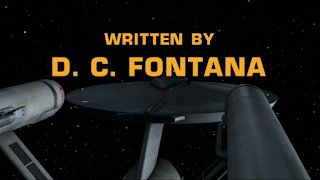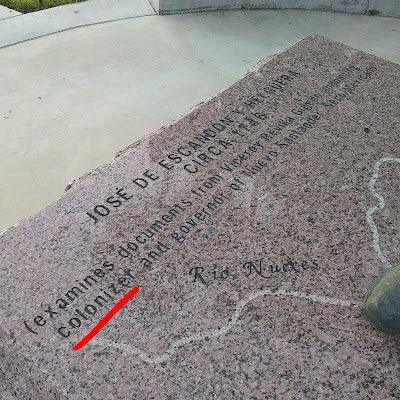31 July 2020
Animal Behavior Society virtual meeting, Day 4
Animal Behavior Society virtual meeting, Day 3
29 July 2020
Animal Behavior Society virtual meeting, Day 2 and Plant Biology 2020, Day 3
Animal Behavior Society virtual meeting, Day 1
27 July 2020
Hanna aftermath
25 July 2020
Notes from a pandemic: Holy Hanna, it’s bad
She wasn’t the only person to mention Renaissance. It is the newest hospital in the area. It is physician-owned. And it has a reputation (which it disclaims) for aggressively recruiting high-volume physicians to become investors and send patients there. Physicians who do so receive not only their fee for whatever service they provide but also a percentage of the hospital’s profits from the tests, surgery, or other care patients are given. (In 2007, its profits totalled thirty-four million dollars.)
21 July 2020
Facebook is a superspreader of COVID-19 misinformation
20 July 2020
Notes from a pandemic: Local hospital blasted for poor conditions
TW: Patients in abhorrent conditions. Patients placed in cramped rooms without adequate ventilation or air conditioning and full of medical equipment. Oxygen in the facility stopped working on July 5th, staff has been forced to using portable tanks for patients.

For reference these tanka last 45 minutes when run at 100% FiO2 and they only had 3 people to change them out for 90 patients.
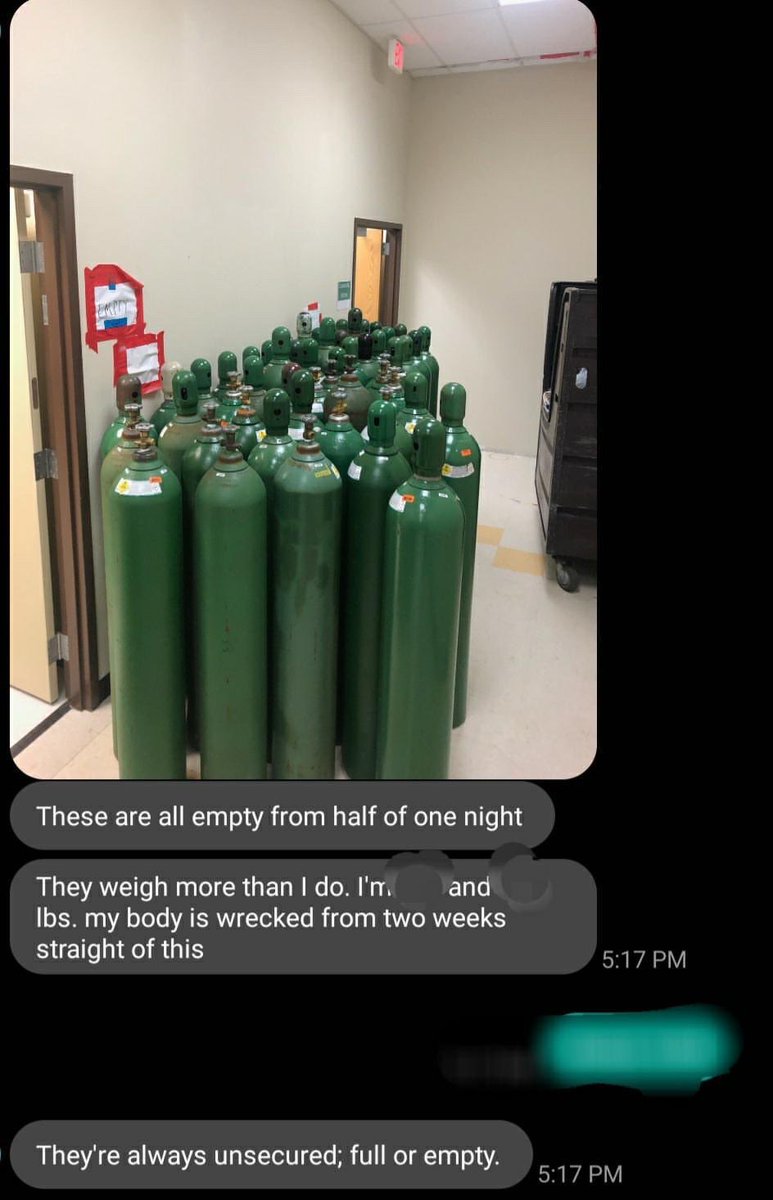
Trigger Warning⚠️ Blood/Medical Equipment/Critically ill patient.
The black dots on the patients back and on the bed are live ants crawling all over them. This is unacceptable.

This is absolutely horrific.
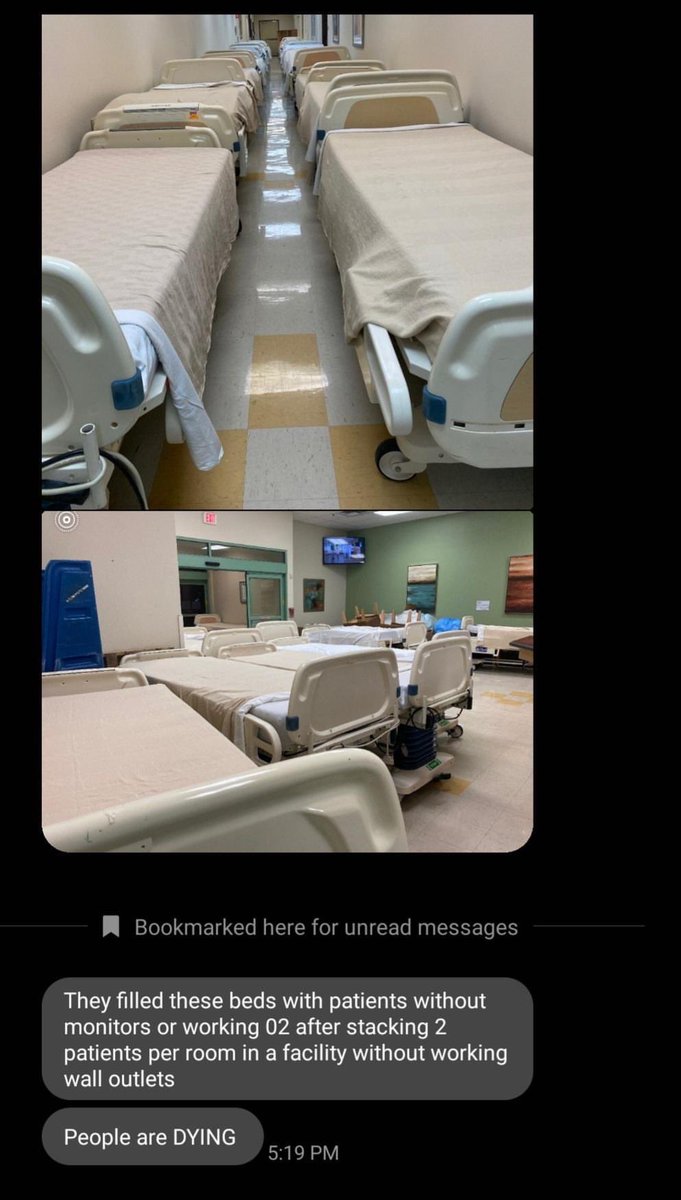
Doctor’s Hospital Renaissance converted a hospice facility into a covid unit. The thread above exposes the abhorrent conditions that was not covered in this article. (texastribune.org/2020/07/02/tex…) The nurses and respiratory therapists are being threatened into silence. The hospice facility was converted into a COVID unit so that DHR would stay “clean”
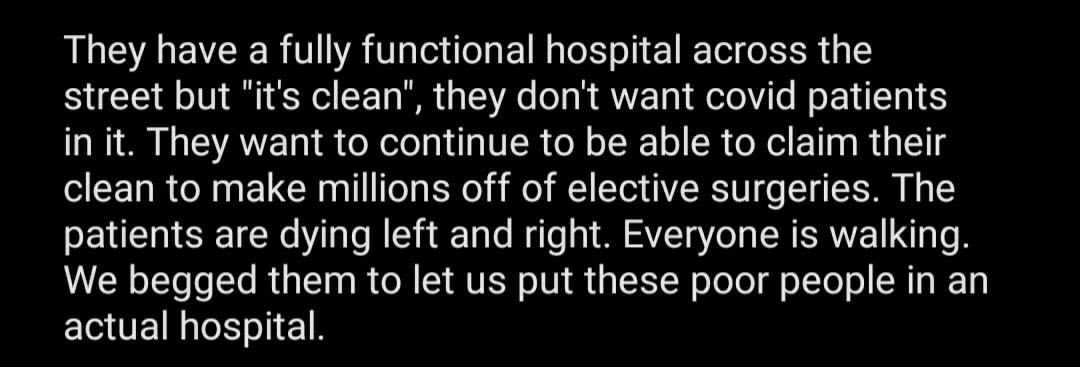
I do not work at this facility. I am assisting in blowing the whistle on the conditions of this facility. Those who work at this facility have been threatened into silence. To clarify this is who “Krucial” is, a staffing agency that has been staffing surge cities.
”Race-Based disparities in health outcomes are not abstract” Texas is failing their Latinx community covered DHR in an article today and here they talk about what my contact told me, the main hospital has been “kept largely free of the coronavirus to treat patients unrelated to the pandemic....as well as some elected procedures”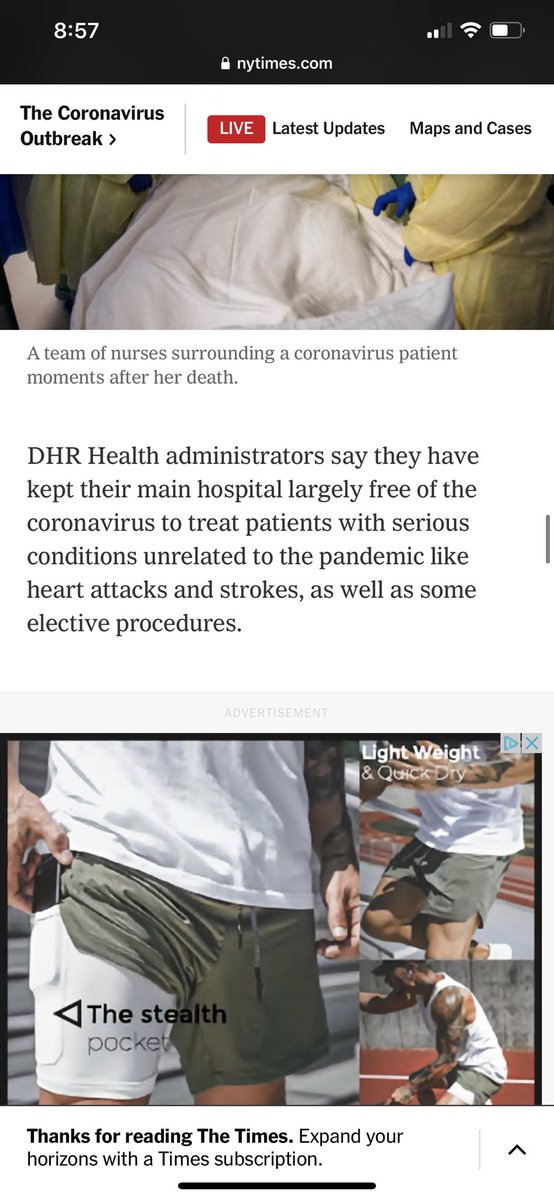
From a Nurse at DHR in McAllen, Texas.
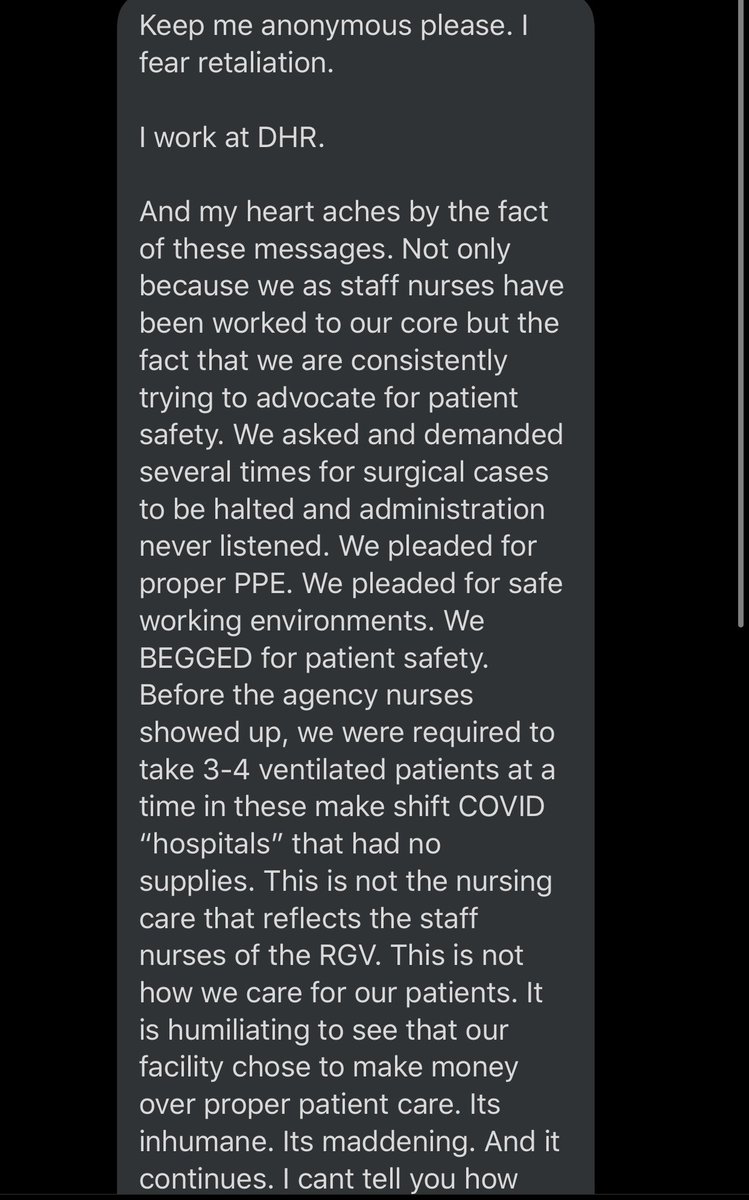
More nurses confirming this story.
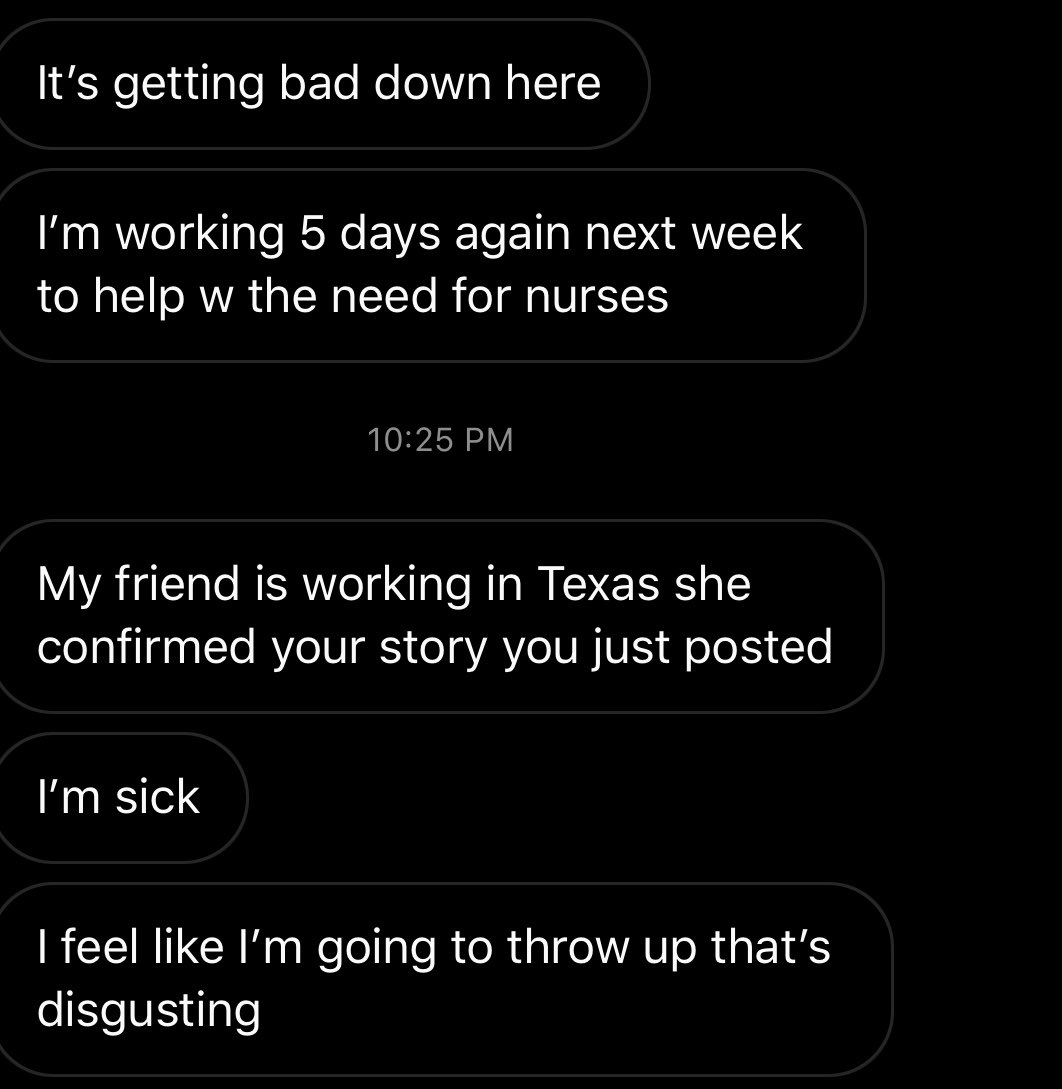
Covid is not profitable. Cutting corners in order to allow for continued elective procedures is profitable.
A newly hired nurse who was basically fired for testing positive for covid because she couldn’t use her PTO as sick leave.
“Rubrics are good” and other things some professors do not believe
13 July 2020
Who am I citing?
Using data from five top neuroscience journals, we find that reference lists tend to include more papers with men as first and last author than would be expected if gender were unrelated to referencing. Importantly, we show that this imbalance is driven largely by the citation practices of men and is increasing over time as the field diversifies.
1. You cannot “identify” or “verify” gender on behalf of someone else; you can only guess.2. Guessing gender is often inaccurate, offensive, and exceptionally harmful.3. You don’t actually need to know peoples’ genders for most use cases; and if you really must know, just ask.
Jordan D. Dworkin JD, Linn KA, Teich EG, Zurn P, Shinohara RT, Bassett DS. 2020. The extent and drivers of gender imbalance in neuroscience reference lists. Nature Neuroscience: in press. https://doi.org/10.1038/s41593-020-0658-y
08 July 2020
Update on the Better Posters book
- Cover (right).
- Release date (25 January 2021).
- ISBN number (9781784272357, accept no substitutes).
- A publisher’s webpage! I created an easy-to-remember URL for it: https://bit.ly/BetterPostersBook.
07 July 2020
Notes from a pandemic: You go into lockdown with the data you have, not the data you want
06 July 2020
The long reach of old media: Fox News and COVID-19
Three serious research efforts have put numerical weight — yes, data-driven evidence — behind what many suspected all along: Americans who relied on Fox News, or similar right-wing sources, were duped as the coronavirus began its deadly spread.
Dangerously duped. ...
Those who relied on Fox or, say, radio personality Rush Limbaugh, came to believe that vitamin C was a possible remedy, that the Chinese government created the virus in a lab, and that government health agencies were exaggerating the dangers in the hopes of damaging Trump politically, a survey showed.
04 July 2020
Letter about a statue
I was pleased that you addressed issues of racism in your email of 2 June. I wanted to bring up an related item for your consideration: the statue of José de Escandón on Edinburg campus. The statue describes Escandón as a “colonizer.” I suggest you consider whether a statue of a “colonizer” is in line with UTRGV’s values.
In particular, Escandón’s professional climb that led to his mandate to colonize the region was in part based on his success in quelling uprisings of Native Americans and “pacifying” them. That alone is problematic, particularly for our Native American students (5-11 students over the last four years). but also consider the larger role of colonialism in perpetrating slavery and genocide.










